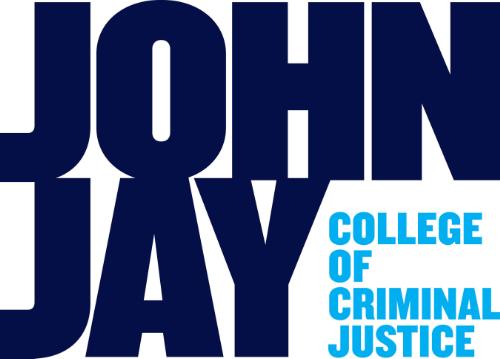
Publications and Research
Document Type
Article
Publication Date
3-6-2014
Abstract
Background: Paint laden with polychlorinated biphenyls (PCBs) often acts as a point source for environmental contamination. It is advantageous to address contaminated paint before the PCBs transport to surrounding media; however, current disposal methods of painted material introduce a variety of complications. Previous work demonstrates that PCBs can be broken down at ambient temperatures and pressures through a degradation process involving magnesium metal and acidified ethanol. This report is an extension of that work by describing the development of a delivery system for said reaction in preparation for a field test. Two treatment options including the Activated Metal Treatment System (AMTS) and the Non-Metal Treatment System (NMTS) remove and degrade PCBs from painted surfaces.
Findings: AMTS decreased the Aroclor® concentration of a solution by more than 97% within 120 minutes and the Aroclor® concentration of industrial paint chips by up to 98% over three weeks. After removing up to 76% of PCBs on a painted surface after seven days, NMTS also removed trace amounts of PCBs in the paint’s concrete substrate. The evaporation rate of the solvent (ethanol) from the treatment system was reduced when the application area was increased. The solvent system’s ability to remove more than 90% of PCBs was maintained after losing 36% of its mass to solvent evaporation.
Conclusions: The delivery systems, AMTS and NMTS, are able to support the hydrodechlorination reaction necessary for PCB degradation and are therefore attractive options for further studies regarding the remediation of contaminated painted surfaces.


Comments
This article was originally published in Journal of Environmental Health and Science Engineering, available at doi:10.1186/2052-336X-12-57.
© 2014 Saitta et al. This is an Open Access article distributed under the terms of the Creative Commons Attribution License (http://creativecommons.org/licenses/by/2.0), which permits unrestricted use, distribution, and reproduction in any medium, provided the original work is properly credited.